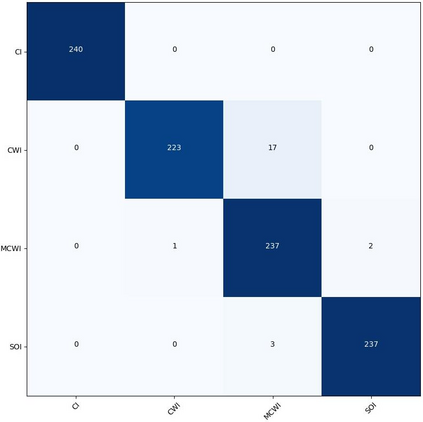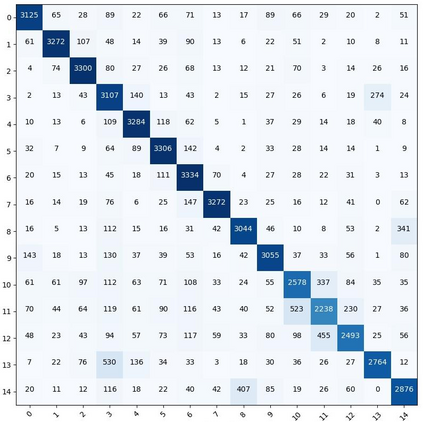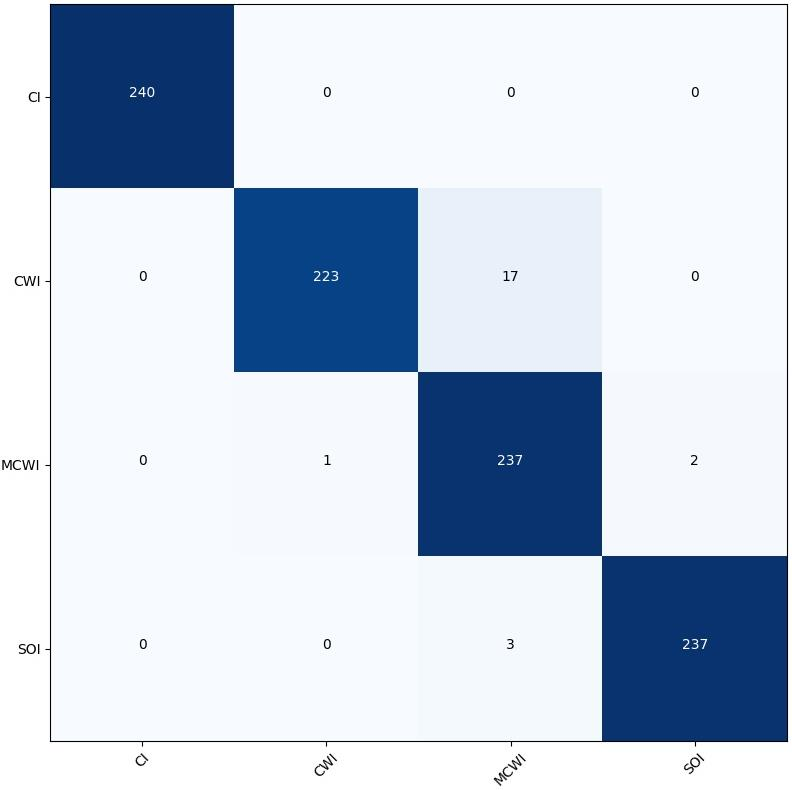The growing number of devices using the wireless spectrum makes it important to find ways to minimize interference and optimize the use of the spectrum. Deep learning models, such as convolutional neural networks (CNNs), have been widely utilized to identify, classify, or mitigate interference due to their ability to learn from the data directly. However, there have been limited research on the complexity of such deep learning models. The major focus of deep learning-based wireless classification literature has been on improving classification accuracy, often at the expense of model complexity. This may not be practical for many wireless devices, such as, internet of things (IoT) devices, which usually have very limited computational resources and cannot handle very complex models. Thus, it becomes important to account for model complexity when designing deep learning-based models for interference classification. To address this, we conduct an analysis of CNN based wireless classification that explores the trade-off amongst dataset size, CNN model complexity, and classification accuracy under various levels of classification difficulty: namely, interference classification, heterogeneous transmitter classification, and homogeneous transmitter classification. Our study, based on three wireless datasets, shows that a simpler CNN model with fewer parameters can perform just as well as a more complex model, providing important insights into the use of CNNs in computationally constrained applications.
翻译:使用无线频谱的装置越来越多,因此必须找到尽量减少干扰和优化使用频谱的方法。深层学习模型,例如神经神经网络(CNNs),已被广泛用于识别、分类或减轻由于直接从数据中学习的能力而产生的干扰。然而,关于这种深层学习模型的复杂性的研究有限。深层次基于学习的无线分类文献的主要重点是提高分类准确性,往往以模型复杂性为代价。这对于许多无线设备来说可能不切实际,如物品的互联网(IoT)装置,这些装置通常只有非常有限的计算资源,无法处理非常复杂的模型。因此,在设计深度基于学习的干扰分类模型时,必须考虑到模型的复杂性。为了解决这一问题,我们对基于CNN的无线分类进行了分析,以探讨各数据集大小之间的交易、CNN模型复杂性和分类准确性,这些分类困难程度是:干扰分类、混成发射机分类和同质发射机分类。我们根据三个无线数据集进行的研究显示,在设计甚小的CNN系统应用中,一个较简单的模型可以用来进行更复杂的计算。</s>







